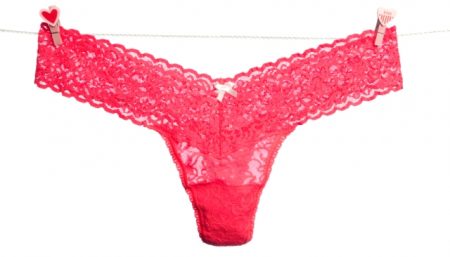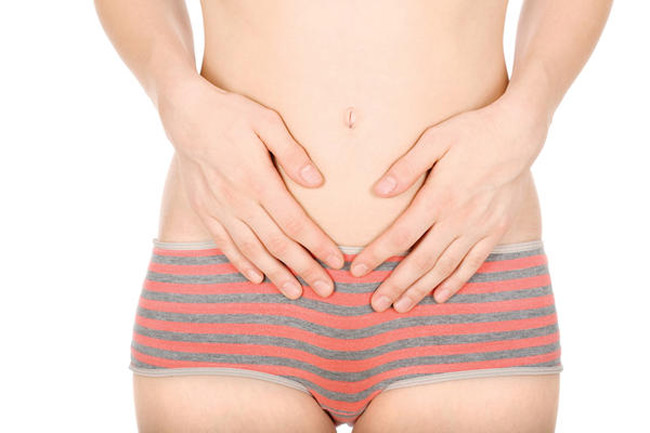
Yeast is a fungus that normally lives in the vagina in small numbers. A vaginal yeast infection means that too many yeast cells are growing in the vagina. These infections are very common. Although they can bother you a lot, they are not usually serious. And treatment is simple. Most yeast infections are caused by a type of yeast called Candida albicans. Vaginal yeast infections, also known as candidiasis, are a common female condition.This fungus is associated with intense itching, swelling, and irritation.
A healthy vagina has many bacteria and a small number of yeast cells. The most common bacteria, Lactobacillus acidophilus, help keep other organisms-like the yeast-under control.
When something happens to change the balance of these organisms, yeast can grow too much and cause symptoms. Taking antibiotics sometimes causes this imbalance. The high estrogen levels caused by pregnancy or hormone therapy can also cause it. So can certain health problems, like diabetes or HIV infection.
A yeast infection causes itching or soreness in the vagina and sometimes causes pain or burning when you urinate or have sex. Some women also have a thick, clumpy, white discharge that has no odor and looks a little like cottage cheese.
According to the Mayo Clinic, 3 out of 4 women will experience a yeast infection at one point in their lives. Once you get a yeast infection, you’re more likely to get another one.
Vaginal yeast infections can be spread by sexual contact, but in general they aren’t considered a sexually transmitted infection. Treatment for yeast infections is relatively simple, depending on how severe they are.

Causes of Yeast Infection in WomenThe Candida genus of yeast is a naturally occurring microorganism in the vaginal area. Its growth is kept in check by the lactobacillus bacteria. However, these bacteria can’t work effectively if there is an imbalance in your system. This leads to an overgrowth of yeast, which causes the symptoms of vaginal yeast infections to be present.
Most yeast infections are caused by Candida albicans – a specific strand of yeast. These yeast infections are easily treatable. If you’re having recurring yeast infections or problems getting rid of a yeast infection with conventional treatment, then a different version of Candida might be the culprit. A lab test can let your doctor know which type of Candida you have.
The imbalance that allows the overgrowth of yeast to happen can be due to:
- antibiotics (they lower the amount of lactobacillus, or good bacteria, in the vagina)
- pregnancy
- uncontrolled diabetes
- weak immune system
- poor eating habits, including a lot of sugary foods
- hormonal imbalance near your menstrual cycle
- stress
- lack of sleep
Symptoms of Yeast Infection in Women
Vaginal yeast infections have a common set of symptoms. Usually the length of time your yeast infection is left untreated can have a direct impact on how severe your symptoms are.
Frequent symptoms include:
- itching
- burning
- large or small amounts of vaginal discharge, often whitish gray and thick (although there are also times the discharge can be watery)
- pain during sex
- soreness
- rash
Diagnosis of Yeast Infection in Women
Yeast infections are simple to diagnose. Doctors will normally begin by getting information regarding your medical history. This will include whether or not you have had prior yeast infections. Normally, doctors will also ask if you have ever had a sexually transmitted infection.
The next step is a pelvic exam. Your doctor will examine your vagina and the surrounding area to see if there are external signs of infection. They will also examine your vaginal walls and cervix. Depending on what your doctor discovers, they will take a vaginal culture to send to the lab for confirmation. Tests are usually ordered only for women that have yeast infections on a regular basis or for infections that won’t go away.
After an initial diagnosis, you may be able to determine the presence of a future yeast infection on your own.
Best Way to Treat a Vaginal Yeast Infection
Your doctor will treat your yeast infection according to its severity and complications.
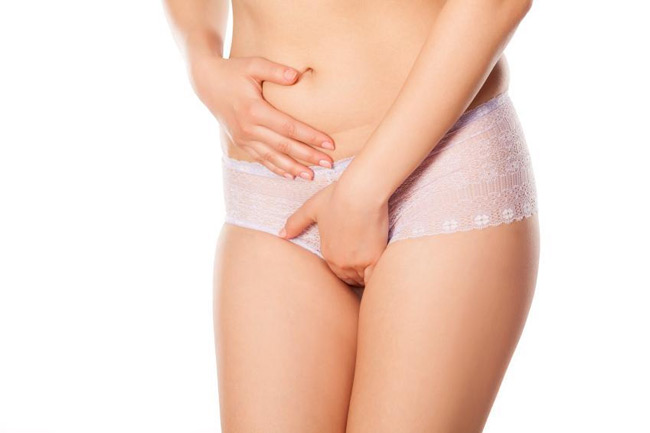
Simple InfectionsFor simple yeast infections, your doctor will usually prescribe the following treatment(s):
a one- to three-day regimen of an antifungal cream, ointment, tablet, or suppository. Common antifungal medications are Gynazle, Lotrimin, Monistat, and Terazol. These medications can be in prescription or over-the-counter form.
a single dose of oral medication such as Diflucan
Women with simple yeast infections should make sure to follow up with their doctor to make sure the medicine worked. A follow-up will also be necessary if your symptoms return within two months.
Complicated Infections
Certain types of Candida will not respond to normal treatment and will require an aggressive course of treatment. If you meet one of the following criteria, your doctor will more than likely treat your yeast infection as if it were a severe or complicated case:
- You have severe redness, swelling, and itching that leads to sores or tears in your vaginal tissue.
- You have had more than four yeast infections in a year.
- Candida other than albicans is the cause of your infection.
- You are pregnant.
- You have uncontrolled diabetes or a weak immune system from medication or from being HIV-positive.
Possible treatments for severe or complicated yeast infections include:
- 14-day cream, ointment, tablet, or suppository vaginal treatment
- two or three doses of Diflucan (not for pregnant women)
- long-term prescription of Diflucan that is taken once a week for six weeks, or long-term use of a topical antifungal medication
- treatment of your sexual partner or use of condoms when having sex
Natural, and tried-and-true to Solutions to Vaginal Yeast Infections
Oral Antifungal
For 5% of women, vaginal yeast infections are chronic, returning at least 4 times a year. In a study at Wayne State University School of Medicine, women with a history of recurrent episodes took the oral antifungal fluconazole (Diflucan) weekly for 6 months; during that time, the rate of recurring infection dropped 90%. Six months afterward, 43% were considered cured, compared with 22% of those taking a placebo. (Maintenance therapy with OTC creams, although messier than pills, has also been found effective.)
Probiotics
Many yogurts contain the same type of probiotics that keeps the vagina healthy, yet studies have not been able to prove effectively that eating a daily cup offers any benefit for vaginal yeast infection treatment. But in a recent Italian study, women with chronic yeast infections who placed a probiotic tablet directly in the vagina (once a night for 7 nights, then every 3 nights for 3 weeks, and then once a week) saw their rates of yeast infection drop by 87%. Laurie Cullen, ND, a naturopathic physician and a professor at Bastyr University, suggests treating an infection with a conventional therapy first, and then trying a Lactobacillus pill (such as Jarrow Fem-Dophilus, which can be found at drug and health-food stores) to maintain a healthy vaginal environment.
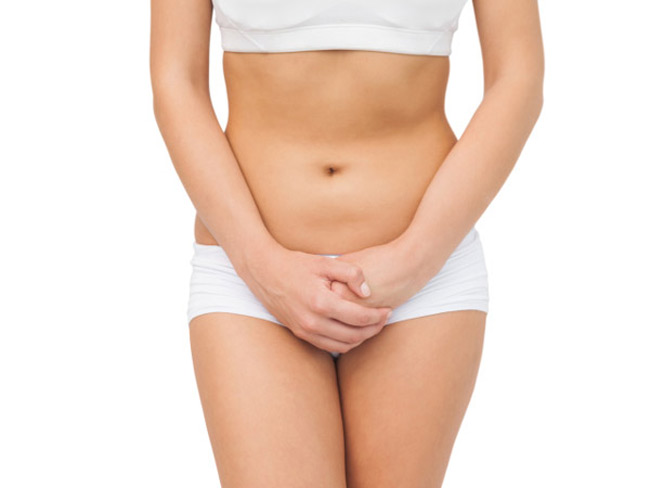
Home Screening
While women often self-diagnose a vaginal yeast infection, in many cases, “they actually have bacterial vaginosis, which has similar symptoms but, unlike a yeast infection, needs to be treated with antibiotics,” says Jennifer Reinhold, PharmD. Urinary tract infections also have overlapping symptoms (pain and burning, though not discharge), but they, too, require different medications. A home vaginal swab that measures pH levels, taken with an OTC test such as the Vagisil Screening Kit, can confirm a yeast infection diagnosis. But health experts recommend that women with complicating factors, such as pregnancy or recurrent infections, schedule a doctor visit.
Tea Tree Oil
The essential oil derived from tea tree leaves has been shown in several lab and animal studies to act as an antifungal against yeast. While more studies need to be done to prove the oil’s efficacy, some women report that they get yeast infection relief from inserting a tampon doused in tea tree oil at night. Try this with caution, Cullen advises: “The vagina is very sensitive, so I would hesitate to put something that might be irritating in an already irritated environment.” If you find this home remedy uncomfortable, discontinue it immediately.
Boric Acid Suppository
“For uncomplicated yeast infections, my top-shelf treatment is boric acid,” says Cullen. The substance is a natural antifungal and antiseptic, and studies have shown that it inhibits the growth of Candida albicans, the strain of yeast behind most cases of the infection, as well as other kinds, such as Candida glabrata, an increasingly common cause of infection that tends to be more resistant to other treatments. The powder, an irritant, should never be applied directly; look for a suppository capsule that contains it, such as Vitanica Yeast Arrest (sold at health-food stores), and use for only 5 to 7 days.
Cotton Underwear (or none)
A warm, moist environment may push a yeasty infection colony into overdrive, so the age-old advice-wear cotton-lined underwear, avoid panty hose and tight jeans, and change out of wet swimsuits and gym clothes right away-still stands. Or, if you’re up for it, go commando. “I’m a big fan of wearing long skirts with no underwear to let air get to the perineal area for women who have a history of chronic infections,” says Jill Rabin, MD, head of urogynecology at Long Island Jewish Medical Center and the author of Mind Over Bladder. She advises against using scented douches, body sprays, and the like, which can disrupt vaginal pH levels. Rabin also suggests showering with an unscented soap after sex (especially oral sex) to avoid letting someone else’s bacteria set up shop.
Progestin-Only Birth Control
Estrogen-based contraception, such as combination birth control pills, may cause an uptick in yeast. “If a patient is very reliant on her method of birth control, we’ll work around it, but it is worth considering nonestrogen methods such as progestin-only mini pills and IUDs,” says Cullen. Spermicides, which can alter the vaginal environment, may also present problems. Birth control aside, Cullen recommends using a lubricant (water-based only; avoid yeast-friendly glycerin) during sex: “Friction can upset the ecology of the vagina.”
Drugstore Antifungals
The gold-standard treatment for most vaginal yeast infection cases is any one of the creams or suppositories lining drugstore shelves. These products use drugs called azoles, antifungals that have been proven to clear up 80 to 90% of yeast infections. The type of azole varies brand to brand (miconazole is used in Monistat; clotrimazole, in Gyne-Lotrimin), and treatment can span 1 to 7 days. Each is equally effective for a patient with an uncomplicated vaginal yeast infection, so buyers can choose the least expensive, says Reinhold. One other factor: If you’re particularly itchy, you may prefer a soothing cream. Women with recurrent infections, which are harder to treat, should choose the 7-day option, says Reinhold. If the infection doesn’t abate, make an appointment: A doctor can determine whether it is yeast at all, and then match the strain to the most effective medication (prescribing Terconazole cream, for example, to thwart non-albicans strains).
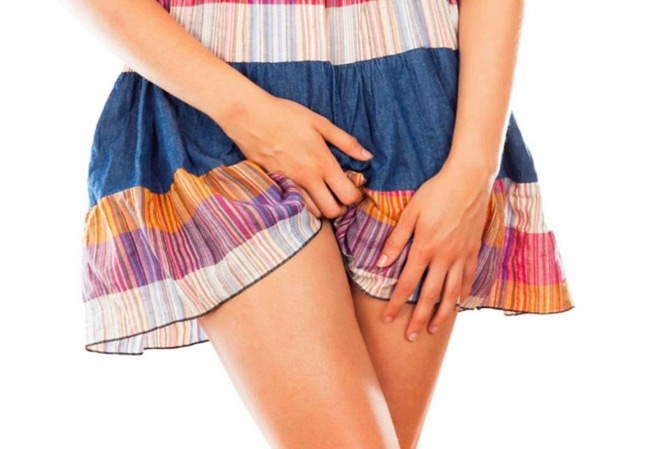
Prescription Tablets
Certain vaginal yeast infections may require a more aggressive treatment than a cream. Your doctor can prescribe one to three doses of the oral antifungal fluconazole, which has a success rate of up to 90%, according to the CDC. If your infection is chronic, “your doctor can give you a standing prescription,” says Reinhold. Having a prescription at the ready may also be worthwhile when starting a course of antibiotics if on previous occasions the drugs prompted a yeast infection.
Preventing Vaginal Yeast Infections
In many cases, you may know exactly what led to your yeast infection. For example, some women experience these infections every time they take antibiotics. By recognizing your own risk factors, you can prevent future infections.
Here are some common methods of prevention, most targeted at avoiding bacteria growth near the vagina:
- avoid wearing tight pants, pantyhose, tights, or leggings
- avoid using feminine deodorant or deodorant tampons/pads
- do not sit around in wet clothing, especially bathing suits
- eat a well-balanced diet
- eat yogurt or take supplements with lactobacillus
- wear natural fibers such as cotton, linen, or silk
- avoid sitting in hot tubs or taking frequent hot tub baths
- wash underwear in hot water
- avoid douching
- change feminine products frequently
Symptoms of Vaginal Yeast Infection are more likely to occur during the week before your menstrual period. Yeast infections are common during pregnancy. If you are pregnant, don’t use medicine for a yeast infection without talking to your doctor first.
Videos
Disclaimer
The Content is not intended to be a substitute for professional medical advice, diagnosis, or treatment. Always seek the advice of your physician or other qualified health provider with any questions you may have regarding a medical condition.
